Thinking of buying a new lens? Well, with new Leica lenses costing several £1,000s, one can understand the disbelief that good old used specimens can be bought for low £100s. The trick is to know what is available and what is worth considering. Falling within that category is the Leica Elmar 135mm f/4 lens, manufactured in Germany between 1960 and 1965, the subject of this article.
I bought mine for £150 when it was nearly fifty years old and it arrived inside its original clear plastic dome keeper/container. You don’t see many of those nowadays. Despite some evidence of use in its lifetime, the lens handled like new, with smooth focusing.
Its predecessor, a fine lens in its day, was the Leica Hektor 135mm f/4.5 (see foot of this article for more details) which can often be found for less than £100 and is still capable of interesting imaging. However, the Elmar was an improved design and represented the longest focal length lens capable of operating with the coupled rangefinder camera. It was succeeded by the Leica Tele-Elmar 135mm f/4 (1994-1998) which is also a superb lens, but it comes with a rather higher price tag. The newest version of the Leica 135 mm lenses costs over £2,000. So, for occasional use of this focal length, the Elmar is a clear candidate.
The requirement
When I first bought my Leica M3, the contemporary 135mm lens did not match my requirements, although I had often considered buying one, just in case. However, when I entered the digital era with the Leica M8, I was attending air shows and could see that it would be a useful focal length for ground-to-air photography. With the crop sensor, the 135mm Elmar became, effectively, an equivalent 180mm focal length, more useful than my alternative 75mm and 90 mm lenses for that application. Of course, with APS-C cameras such as the CL or T/TL the reach is even longer – 200mm equivalence.
Framing the narrow 18° field of view is challenging. The viewfinder frame is tiny or, in the case of the M8, non-existent. Leica designers assumed no customers would attempt to use a 135mm lens with a modern rangefinder camera. It is possible to find an old optical viewfinder for the 135 mm lens, but the imaging is perhaps too small to be practical. So I improvised, using the rangefinder patch for tight framing knowing that, in reality, there would be a little more space included in the captured picture.
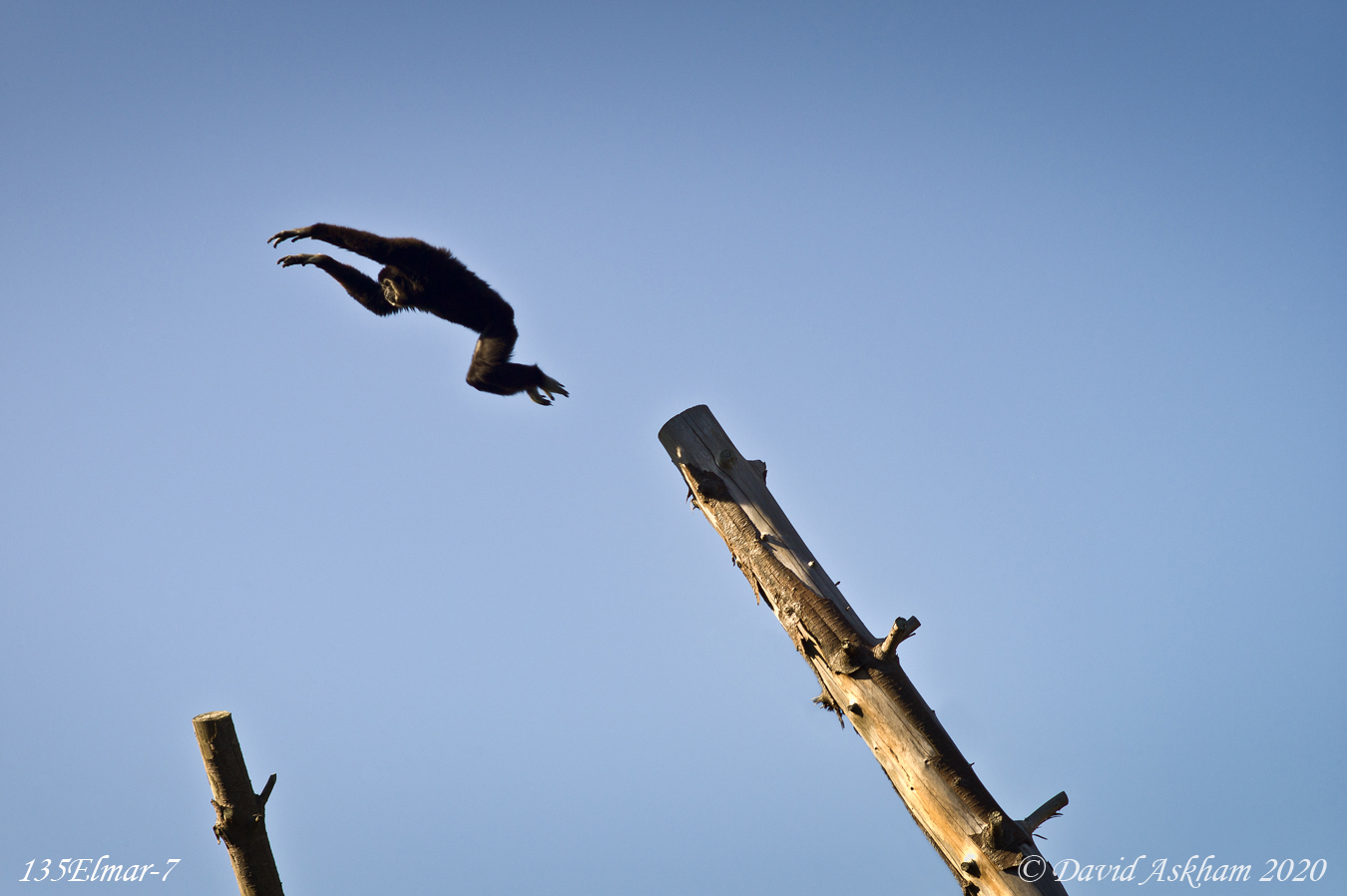
It was an imprecise method, but it worked. All of this was to change with the introduction of live-view (LV) with the M240 and M10 cameras. That technological advance enabled perfect framing, using either the monitor screen, or through the electronic viewfinder (or EVF). The latter shows, very clearly, and accurately, the framing of the subject to be recorded. Whichever method is used, the photographer who is prepared to practise accurate framing will be rewarded with surprisingly good results.
Into the air
Air shows offer so many photo opportunities. Mixing with the crowds surrounding the static displays is like a serious session of street photography. There are numerous static displays attracting big crowds of visitors. No need for a 135 mm lens at this level. It is the flying displays which offer a real challenge of anticipation, lens selection and reactive skills.
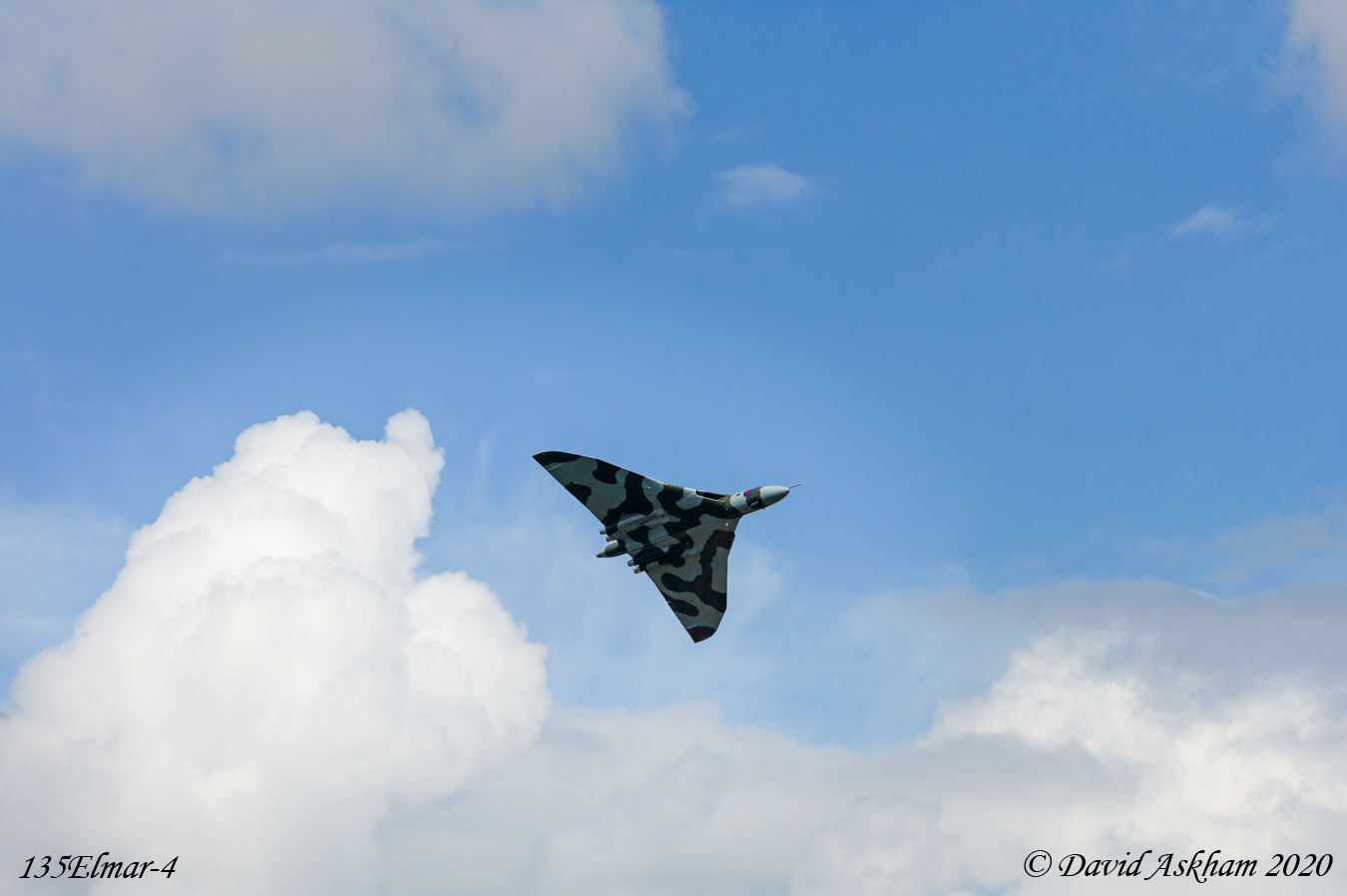
My first use of the lens coincided with my ownership of the Leica M8. I really enjoyed the freedom to scan the skies during an air show and capture an aerial formation display or solo specimen from yesteryear.
I grew to like the 135mm focal length so much that I eventually upgraded to its successor, the Leica Tele-Elmar. I expected to sell the Elmar, which I thought would become superfluous. It didn’t happen. Its rendering endeared itself to me, mainly for isolating people’s heads in portraiture. So it joined my M3 as a memory of a past era. However, the arrival of the Leica CL, with its capacity for using older M-lenses, gave the Elmar a new lease of life, mainly as a novelty because the excellent Leica 55-135mm zoom lens is superior. True it covers the same extreme focal length, but the zoom lens is so much more versatile.
How does it handle?
Compared with lenses with a shorter focal length, the Leica 135mm f/4 lens is notably longer, at 13 cm without the lens hood. It weighs 420g. The lens focuses from 1.5 m to infinity and has its own tripod bush to provide support at the combined camera and lens centre of gravity. Where possible, I use a tripod for optimum results, although for action photography it can be used hand-held, giving greater freedom to target hunt.
The comparatively slow starting lens aperture of f/4 might seem a disadvantage compared with the Elmarit, Summicron and Summilux lenses, more frequently contained in the kit bag. In practice, however, a slower lens is not an impediment to applied telephotography. Often, in landscape, a tripod is used to eliminate camera shake at optimum ISO settings. It is also useful when singling out details within a landscape or building, for example. Resolution is remarkably good at f/4 and improves only marginally when stopped down to f/11. Aperture settings continue for f/16 and f/22 where depth of field becomes important.
The lens also finds a role in portraiture, despite its long focal length. Working at f/4, at manageable distances, the Elmar renders complexions sympathetically. It is also possible to throw the background well out of focus for pictorial emphasis.
When photographing animals, wild or tame, the 135 mm Elmar is a useful lens, giving a non-disturbing shooting range. If I could change one characteristic, I would like it to be less conspicuous. Chrome finish is too flashy for stealthy work but much less of a problem in landscape or aviation fields. For this reason, most of my lenses are finished in black, including the Tele-Elmar, mentioned above.
Although it is not an everyday lens (but which lens is when most Leica photographers own several for a variety of purposes?), I enjoy using it and have travelled with it when I have anticipated a need. (See the Alpine landscape ‘Silberhorn’ with a comparison picture taken with a modern 75mm Summarit)
For the occasional use of a 135mm prime lens, the Leica 135 mm/f4 Elmar has proved to be extremely good value for money. Remember, this lens was designed for film cameras, but has seen service on four of my Leica digitals. Although no 6-bit code was allocated to this lens, it can be set manually in the menu and saved as a 135mm profile. That helps with retrospective analysis of pictures in my library.
How does the Leica 135 mm/f4 Elmar lens compare with its successors in that focal length? I am unable to give a complete answer because I do not own the latest in the line. I have detected subtle improvements in the succeeding 135 mm Tele-Elmar and I am sure that difference is evident when comparing that lens with its successor, the current Leica 135mm Apo-Telyt lens.
Final thought
Some modern lenses give clinically sharp results which is not always relevant to specific photographic subjects. For portraits, in particular, it is good to have the option for more sympathetic treatment.
Older lenses, such as those famously designed by Walter Mandler (including the 135mm Elmar), find favour with such photographers because of their difficult to define, possibly magical rendering while still possessing pleasing sharpness. Mandler’s influence on the design of Leica lenses is often the subject of discussion. Suffice for me to say that the subject lens owes a great deal to Walter Mandler.
This lens is something of a bargain in Leica terms and is an easy way for you to discover if such a long prime is for you. It complements all modern rangefinders but becomes really useful when combined with the CL or TL2 because of the resulting 200mm focal length equivalence.


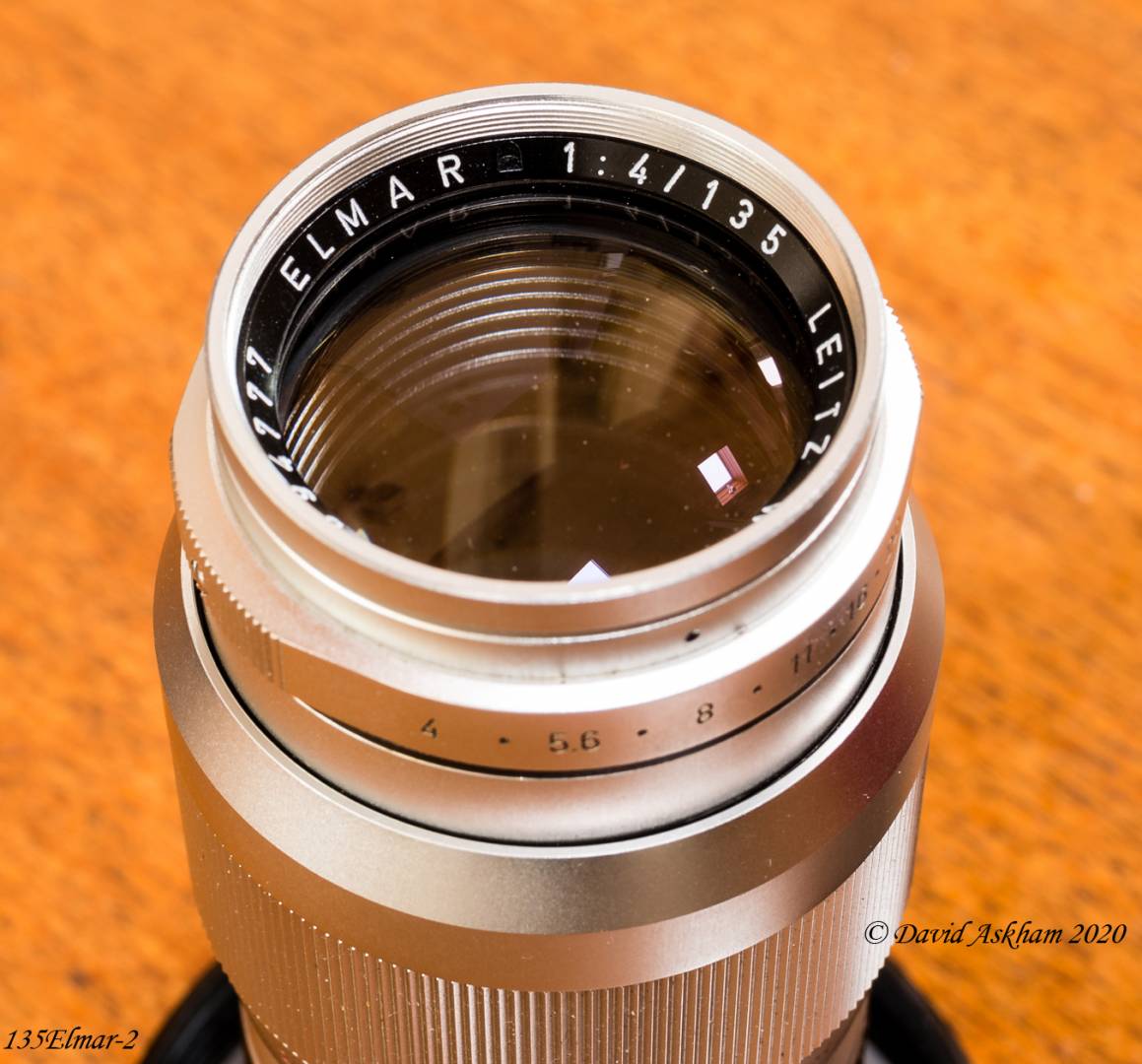
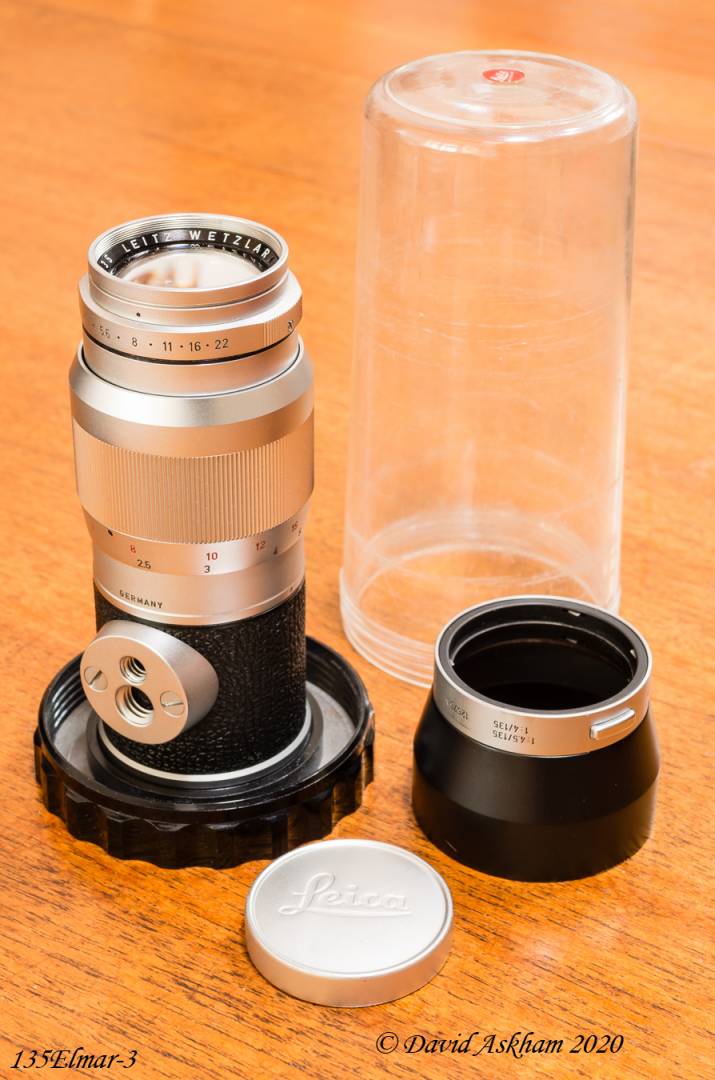
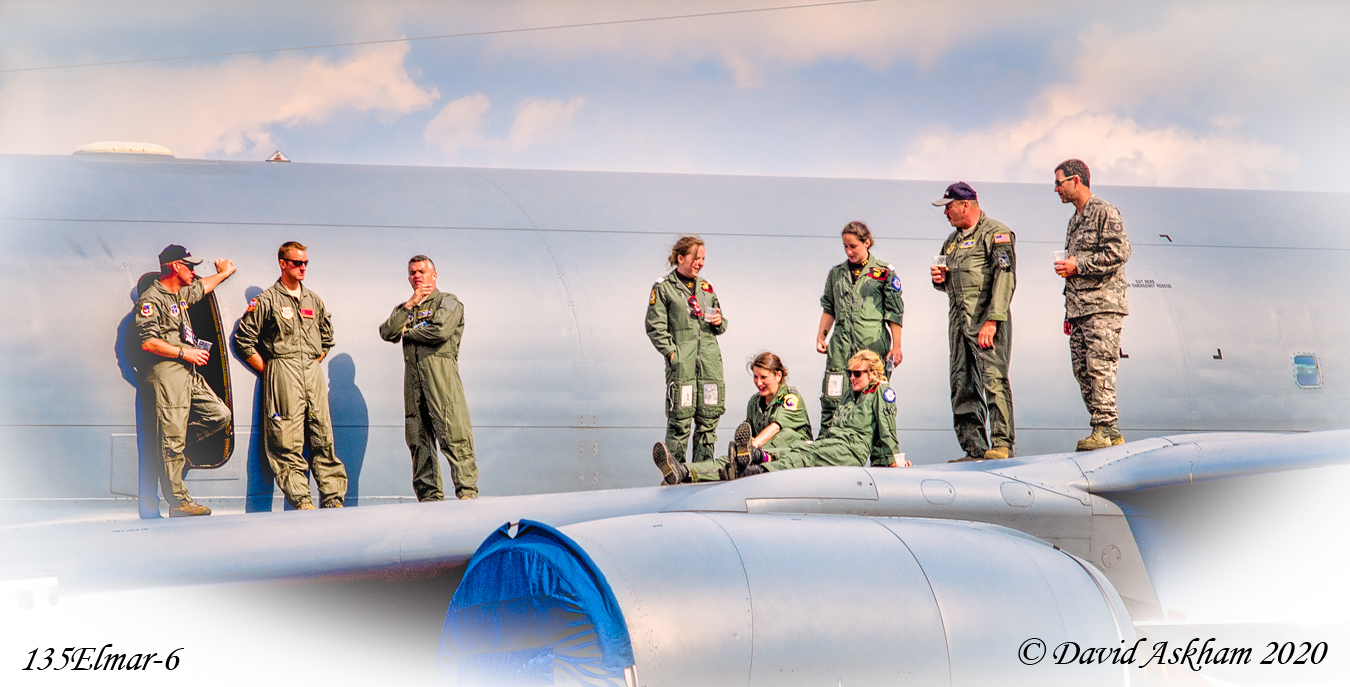
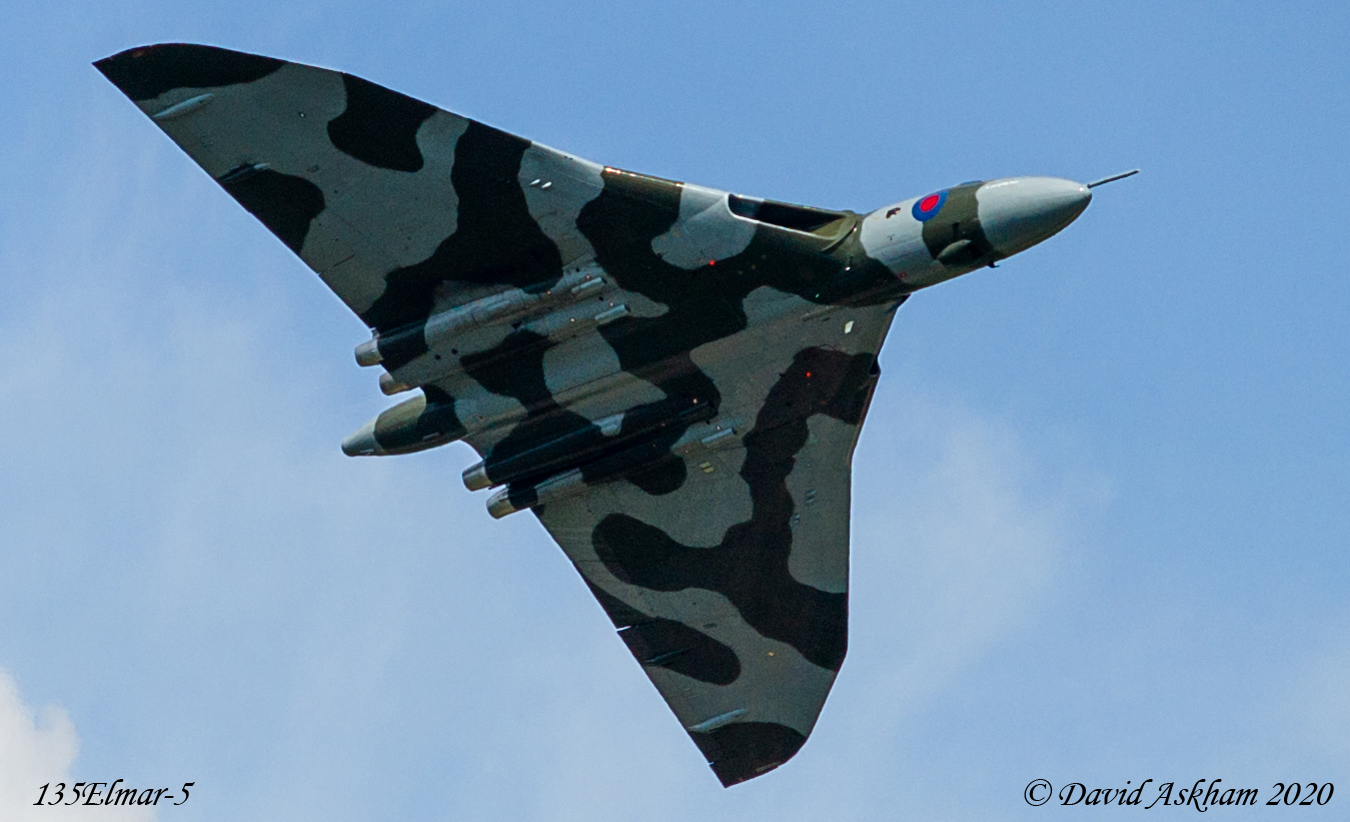
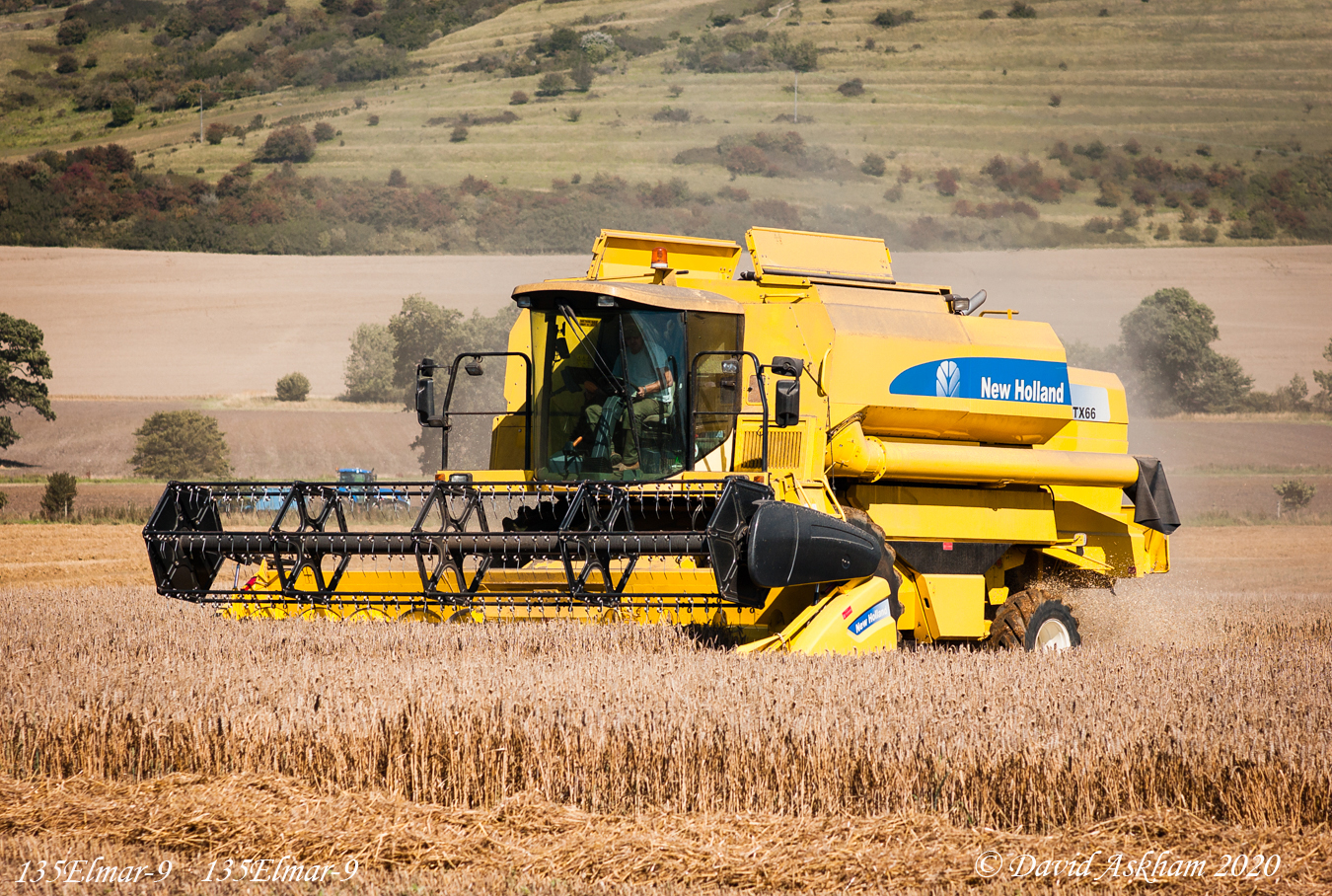
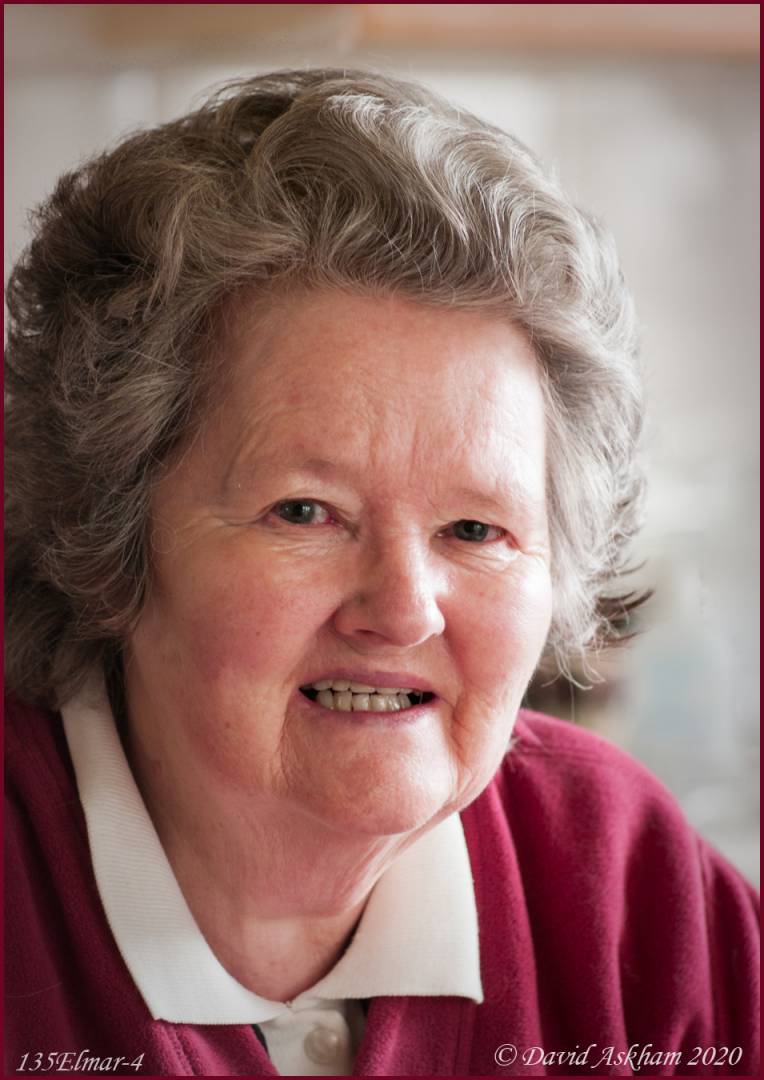
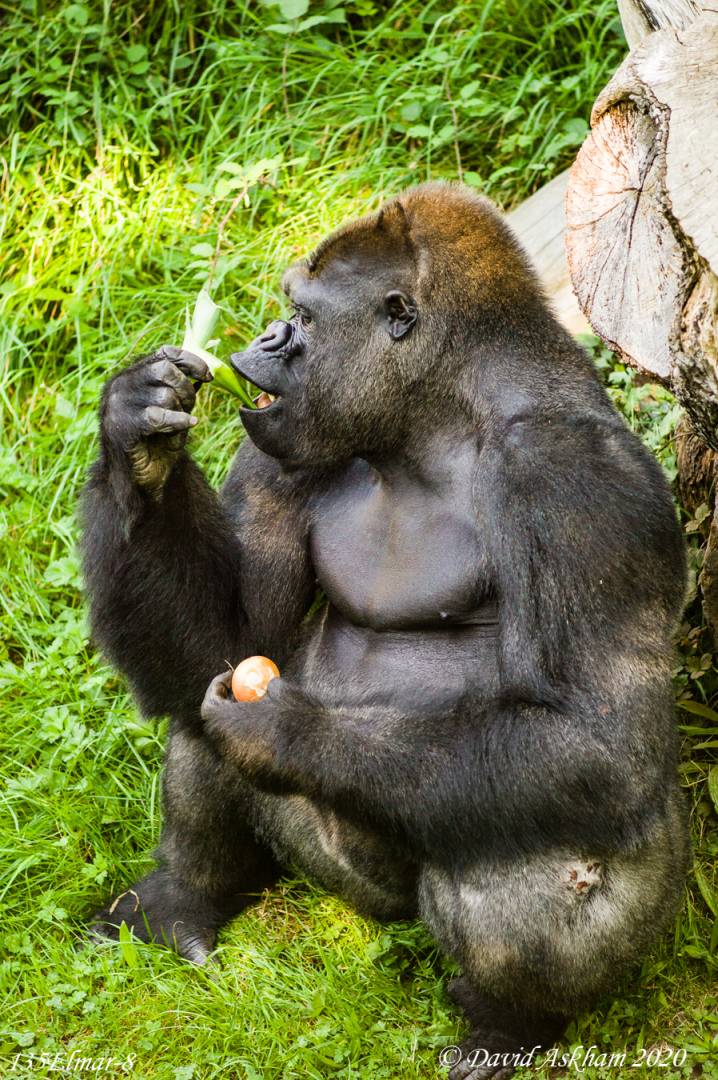
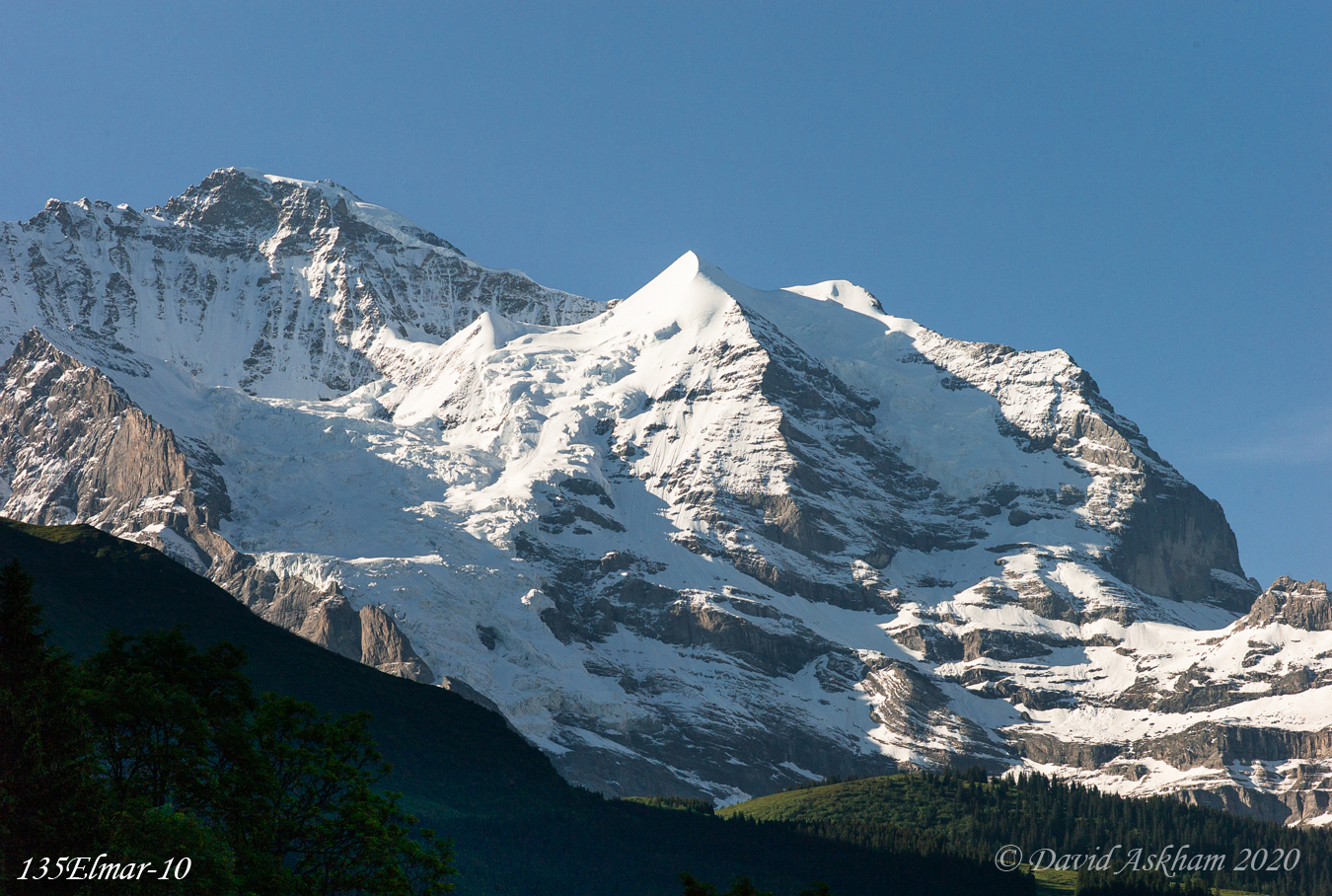
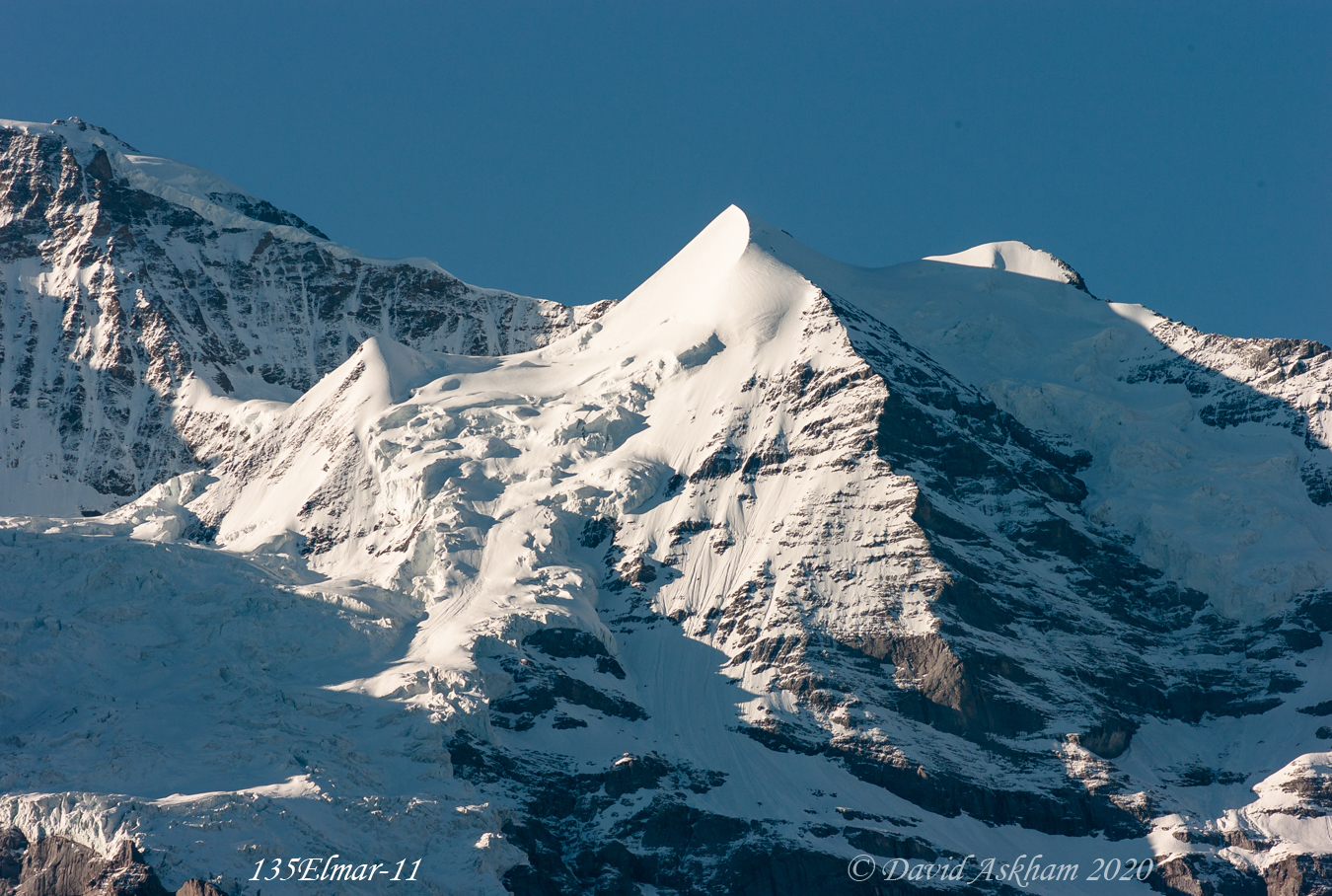

Hi David, I was thinking of selling my 1960 Elmar F/4 screw mount, as I am moving to new Zeiss ZM glass. But last week I used the Elmar 135 F/4 on my Leica M4-P to shoot a roll of Ilford Delta 400, mainly using F4 and F5.6 with shutter speeds of 1/128 and 1/500s, all handheld and focusing with the standard 0.85 rangefinder patch. Scanned negatives came out sharp, in focus and had the compression you get with a tele, plus really nice rendering. This lens is definitely one I plan to keep.
Cliff, I am pleased to read your conclusion and am sure you will not regret it. In many ways, your venture with film capture is more in tune with the designer’s aims. It is an unexpected benefit that a lens designed about sixty years ago works so well on digital cameras. Furthermore, it makes a pleasant package, ergonomically speaking. Thank you for finding my article, a tribute to Macfilos archives.
Hello David,
Thank you for this interesting article with photographs.
I have the 135 Elmar M you review.
I also have the Apo-Telyt 135 M which is the last version.
I had a lot of trouble focussing the Apo-Telyt on my M9, even with the optional 1.4 viewfinder magnifier. Live view which came the later M240 was a solution to this problem.
However, comparing 135 Elmar with the Apo-Telyt, I noticed the older Elmar lens has a much longer focussing throw and is easier to focus than the Apo-Telyt because of the longer throw and using the larger optical viewfinder (.85) on the M3.
Image quality on the older lens is not shabby either when compared with the more modern and more expensive lens.
Interesting comments Brian. I agree, the old Elmar is no slouch and gives a pleasing rendering on analogue and digital bodies. For the price, it is well worth keeping for a change of style. My guess is that most specimens have experienced very light use, hence the fine condition of most which reach the marketplace. The older Hektors show much more evidence of use.
I’m sure that Voigtlander and Zeiss never made 135m M mount lens.
Mike, what prompted your comment? I only considered Leica products.
If you are referring to the Voigtländer/Zeiss comment, that was from David Babsky as I recall. I searched also but couldn’t find any reference in your article.
Hello again David, I had forgotten about the removable lens heads which if I remember correctly applied to the Hector and f2.8 Elmarit as well and now you mention it I do also remember the focousing units and lens heads started life as matched units with the lens number scratched rather than engraved onto the focusing mount.
That said your comments also reminded me i did once have a rather worn M fitting 135mm f4 Elmar at the same time as a much nicer mounted one which happened to have a lens on which the front element had cleaning scratches so as a experiment I swapped them about and then tested each mis matched combination for focusing accuracy.
I was not overly surprised to note the test result was both combinations remained absolutely spot. Pure luck?: I just do not know, but I do not think I would be too worried nowadays if I came across and or had to use a 135mm lens head with a number different to its focusing mount, especially on any digital camera as you would be able to see straight away if there was a problem with it or not.
Stay safe and well, Don
Don, thank you for your kind words and agreement with the thrust of my article. Long ago, a London dealer in Holborn, allowed me to trial a used copy of the 135 mm f/2.8 with my M3, standing outside his shop. When I processed the film that evening, I was blown away by the results. On balance, though, the size and weight mitigated against my taking it on tour.
One other omission in my article was the fact that the lens unit of the 135 mm f/4 Elmar is detachable for use in close-up photography. This fact led to some lenses, returned from 3rd party servicing, with mis-matched focusing mounts. Occasionally this was mentioned by dealers who spotted the error. While this was an issue affecting calibration, it matters not when used with live-view. The serial numbers are engraved on both the mount and lens, so it is easy to check.
I hope you are both keeping safe and well.
A very nice article David and one I am in 100% agreement with. likewise I still have my old 135mm Hector whose performance by today’s standards is certainly not great. I also have a 135mmm Elmar lut a screw thread one meaning I can use it as well on such as my old 111G as well on my M’s and CL etc via a adapter, and which as a lens offers far superior definition to the old Hector.
I also owned a 135mm Tele-Elmar a few years ago and found id did have the edge wide open over the ordinary non tele Elmar, and years later I also lived to regret buying myself the current APO version, which I never could get along with at all, not least as the M focusing with this lens was hyper critical whereas my eyes by then were not, So I just could not get along with that lens at all.
One M fitting 135mm lens you have not mentioned however whose accurate focusing abilities are far far better is the 135mm f2.8 (which as far as I can recall could be bought with or without viewfinder specs). I still have one these added magnifying spectacle lenses which greatly magnify the rangefinder square and viewfinder frame on any M Leica hence making rangefinder focusing not just far easier but also very much more accurate.
So although the max definition of this 35mm f2.8 Elmarit is not quite as good as that of my earlier 135mm f4 Elmar I do often find I actually get sharper pictures from it which I put down to being because its unique, and considerable, rangefinder magnification is thus providing far more accurate focusing . Anyway thank you for the most interesting and thought provoking article. Best regards to you both. Don
It is interesting to see the results of using such an old lens, not bad at all. I find it impossible, more or less, to tell with what equipment a picture was taken nowadays especially when viewed on a small screen. Shows how quality stuff lasts. Worth bearing in mind should I go down the road of using M lenses. I enjoyed the photos, thanks.
Thank you, Kevin. I have two CL bodies. One is usually fitted with L-Mount lenses, while the other is equipped with the M_L adapter. The latter works very well for me and I really enjoy using my generally quite old M-mount lenses. Manual operation is no hardship for me and I gain complete control over exposure and focus points. It is a method which suits me well. For other situations, where response times need to be shorter, I use the native TL lenses.
I am pleased you enjoyed the photos.
On the back of reading this I have just bought an M mount Hector for my small collection of odd lenses for the TL2 (just need an adapter now). Great article.
Steve, it would not surprise me if you derive pleasure from using the old Hektor, out of all proportion to the outlay on the lens. Just don’t expect miracles. ☺
Thanks David, your comment is appreciated. The good Elmars I found were just out of my price range or had some other drawback but a decent Hektor seemed like a good idea. Guess I’ll find out when it makes its way out here from Frankfurt!
Steve, please let us know how the lens suits you and fits in with your style. Although a bit long range, do try it for portraiture. You might be pleasantly surprised.
And aside from it’s optical ability it looks so very cool, especially on the Leica CL! Definitely a conversation starter!
Steven, I do agree. That is one of the reasons I resisted selling it after buying its successor..